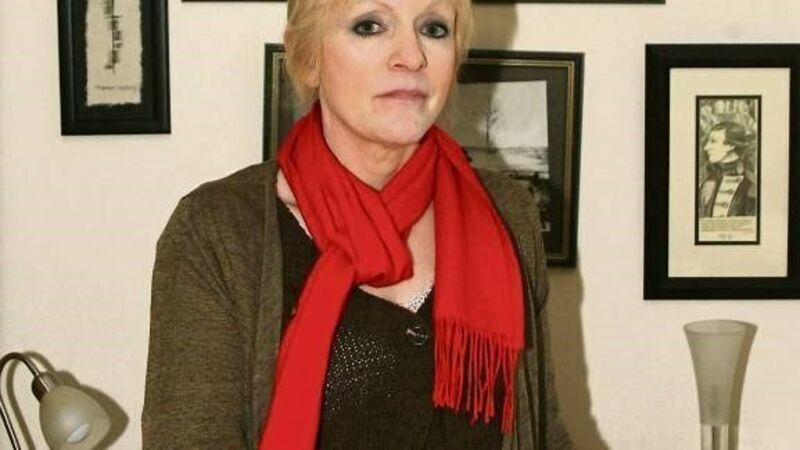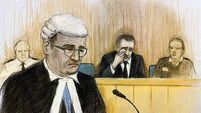Woman in a time of war: A documentary on IRA bomber Dolours Price

A documentary on IRA bomber Dolours Price is based around a revealing interview she gave before her death, writes
“As children growing up, that’s the kind of bedtime stories we would hear. We wouldn’t hear Little Red Riding Hood, we would hear ‘They Hanged My Mate Jimmy’,” says Dolours Price in I Dolours, a candid new documentary about her life.











